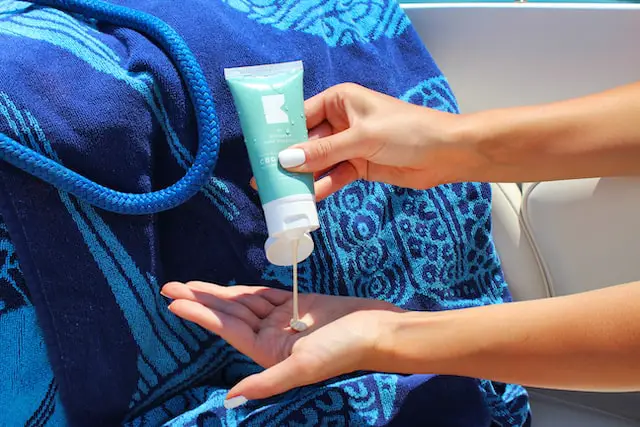Sunscreen can be one of the most important ways to protect your skin from the dangers of the sun, especially if you’re planning on spending any time outdoors this summer or will be vacationing in a tropical climate soon.
But how do you know which sunscreen lotion to use? Which factors should you consider when making your choice? The following five myths and truths may help you learn how to choose the best sunscreen lotions for your skin type and lifestyle.
The higher the SPF, the better
One of the most common misconceptions about sunscreen is that the higher the SPF number, the better. This isn’t true. Dermatologists recommend using sunscreen with an SPF between 15 and 50 to get full protection from both UVB and UVA rays.
Anything over 50 is usually not necessary because it’s hard to tell how much more protection you’re getting without knowing how much your skin would have been exposed to without wearing any lotion at all. Additionally, high levels of SPFs can give people a false sense of security and lead them to spend too long in the sun.
You don’t need to wear sunscreen indoors
As it turns out, you might not be so safe after all! Scientists have found that UVA rays can penetrate through the glass of your windows, which means that the UV radiation can reach your skin even while you’re inside your own home.
This is especially risky because most people don’t apply as much sunscreen on their face and neck as they do on their arms and legs.
Sunscreen is only for sunny days
Sunscreen is important all year round, even in the winter. A lot of people think that sunscreen isn’t necessary during the colder months because they don’t spend as much time outdoors. But UV rays are still present in the sky and can still damage your skin and give you a sunburn.
A good rule of thumb is to always wear sunscreen when you’re outside for more than 20 minutes, no matter what time of year it is.
You don’t need to reapply sunscreen if you’re not sweating
This one is partially true but it doesn’t go far enough. If you’re not sweating and your skin isn’t wet, then you may only need to reapply every four hours. However, if you sweat or get your skin wet with anything other than water, then you’ll need to reapply immediately and no longer than every two hours.
All sunscreens are created equal
Different types of sunscreen lotions provide different benefits and some are better suited for your skin type. The best way to figure out which one is best for you is by considering what your skin needs, what you will be doing, and how often you’ll need to reapply.
Chemical sunscreens work by sitting on top of the skin, absorbing UV radiation before it reaches your skin. They’re great for daily use because they don’t require water or sweat to activate them. Plus, they’re less likely than physical sunscreens to run into your eyes and irritate them.
Conclusion
Choosing the best sunscreen lotion can be difficult, but it’s easier when you know what to look for. Even if you don’t have a skin type that needs specific sunscreen lotions, some general guidelines can help you choose the best possible option for your needs. Above all else, make sure to apply your lotion at least 15 minutes before going out in the sun and reapply after swimming or sweating.




